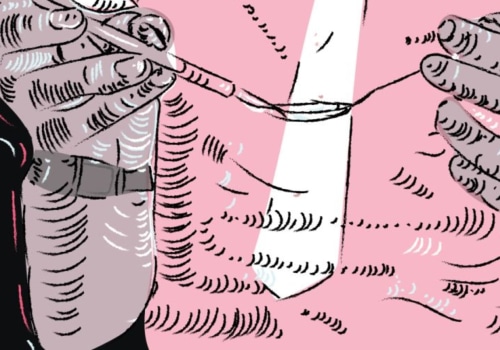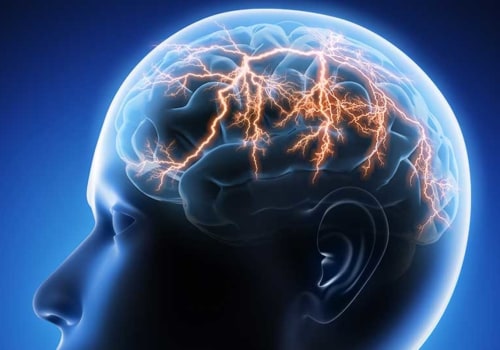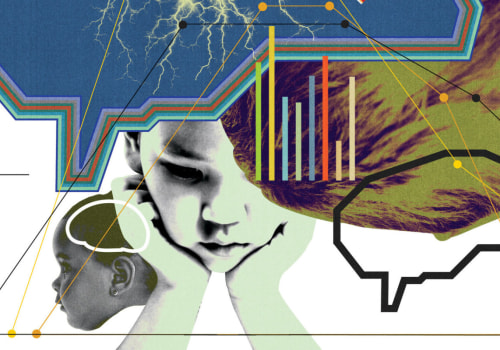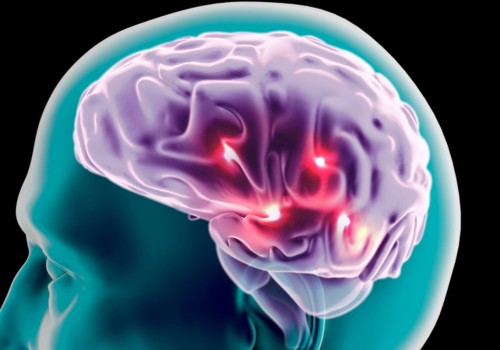When someone develops an addiction, the brain craves the reward of the substance due to intense stimulation of the brain's reward system. Drugs interfere with the way neurons send, receive, and process signals through neurotransmitters, leading to changes in the brain's structure and function that can have long-term effects, particularly in the case of addiction and the brain. Some drugs, such as marijuana and heroin, can activate neurons because their chemical structure mimics that of a natural neurotransmitter in the body. This allows drugs to attach to neurons and activate them. After repeated drug use, the brain begins to adapt to dopamine surges.
Neurons may start to reduce the number of dopamine receptors or simply to produce less dopamine. The result is lower dopamine signaling in the brain, such as a decrease in the volume of the dopamine signal. Because some medications are toxic, some nerve cells can also die. Substance use disorders are the result of changes in the brain that can occur with repeated use of alcohol or drugs.
In drug addiction, higher activity is shown in reds and yellows, and reduced activity in blues and purples. The most serious expression of the disorder, addiction, is associated with changes in the function of the brain circuits involved in pleasure (the reward system), learning, stress, decision-making and self-control. All addictive drugs affect the brain pathways, implying a reward, that is, the dopamine system, in the pathway. These explorations show us that addiction affects several different brain regions and pathways.
From an increase in neurotransmitters such as dopamine to a reduction or increase in activity in certain regions of the brain, addiction has a direct impact on brain structure, function and health. When searching for possible treatments for addiction, they found that pergolides, which occupy both types of receptors, reduced the subjective experiences of heavy cocaine users of being high and even their heart rate, but it had no effect on the self-administration of cocaine and, in fact, increased the desire to use cocaine. Opioids and cocaine are highly addictive, making it more difficult to reconfigure deep-seated neural circuits. A combination of factors related to genes, environment and personal development increases the chances that drug use will lead to addiction.
But addictive drugs interfere with the normal management of dopamine, extending its stay in the synapses and, therefore, its pleasant sensations. As important as it is for understanding addiction, it doesn't seem likely that the dopamine pathway itself will produce new drugs or other promising treatments for addiction. In short, the addiction pathway has existed much longer than humanity and is located close to former brain centers that control many basic functions, most of them unconscious, that people share with other animals. Fortunately, researchers have discovered that brains that have been harmed by addiction have the potential to “unlearn” addictive behaviors, although the risk of addiction never magically disappears.
Conditional learning helps explain why people who develop an addiction are at risk of relapsing even after years of abstinence. Just as cardiovascular disease damages the heart and diabetes damages the pancreas, addiction hijacks the brain. Drug cravings, dependence and withdrawal symptoms, along with loss of control over use, are signs of addiction. Drugs can alter important areas of the brain that are necessary for life-sustaining functions and can drive the compulsive drug use that marks addiction.
Additional research has also been initiated to discover the structural changes that occur in the brain during addiction which may help scientists and medical professionals design new methods of treatment. With support from health professionals, friends and family members - along with patience and focus - it is possible for both body and brain to recover from addiction. What research suggests is that addiction does not depend solely on cocaine's ability to increase dopamine levels.






